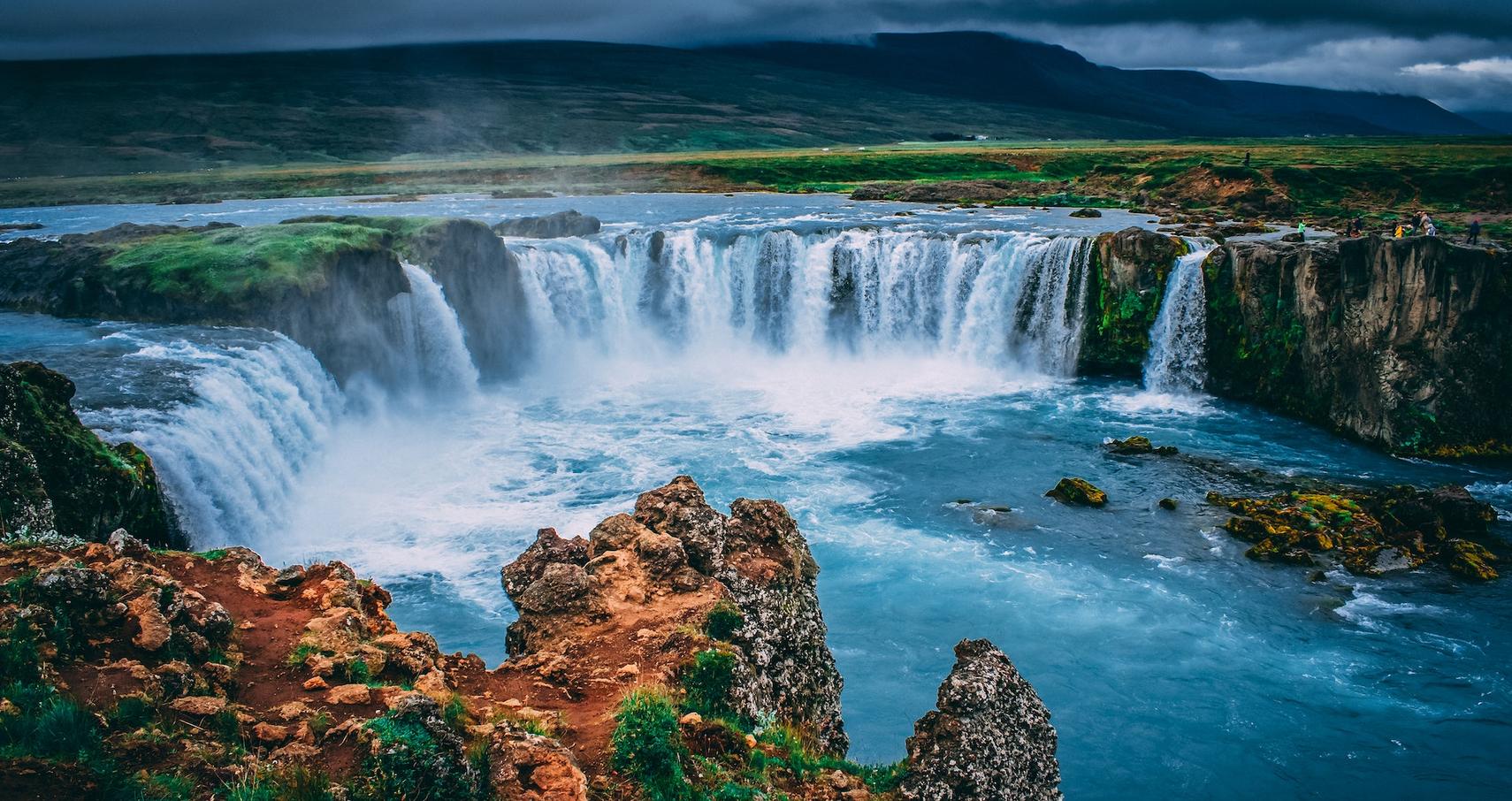Mastering Waterfall Photography: Essential Tools and Techniques
Capturing stunning waterfall photography requires more than just a camera and a dream. To transform your images from amateur snapshots into professional-quality photographs, you’ll need the right gear and techniques. Here’s what you need to know to capture breathtaking waterfall shots like a pro.
Embrace the Magic of Shutter Speed
One of the critical elements that can elevate a standard waterfall photo into a mesmerizing masterpiece is achieving that silky-smooth water flow. To accomplish this, adjust your shutter speed to a specific range that allows for the graceful capture of water motion. Depending on the waterfall’s flow speed, you may need a shutter speed ranging from 1/10th of a second to a full two seconds. That’s a significant adjustment, equating to over four stops.
While you can fine-tune your aperture and ISO settings to attain the desired shutter speed, natural lighting conditions are often too bright for longer exposures. To overcome this challenge, employ a tool that can control the amount of light entering your lens – a Neutral Density (ND) filter.
Harness the Power of Neutral Density Filters
ND filters serve a straightforward yet crucial purpose: they reduce the amount of light entering your lens, typically in 3-stop, 6-stop, and 10-stop increments. These filters grant you additional control over the exposure triangle, enabling you to achieve extended shutter speeds even in well-lit surroundings.
Among the various ND filter options available, I favor circular magnetic ND filters, such as those manufactured by Maven. Alternatively, square drop-in filters are also effective but come with different advantages and disadvantages. Personally, I find the magnetic filter kit to be the most convenient and accessible option. Not only can you neatly store the entire kit in a 3D-printed case, but the color-coded filters also simplify identification, especially when stacking multiple filters for a shot.
While some gear items in waterfall photography are optional, an ND filter is essential for achieving the dreamy water flow effect. You don’t necessarily need an entire collection of ND filters; a 3-stop ND filter should suffice for most scenarios. However, having both a 3-stop and 6-stop ND filter offers greater flexibility for various shooting conditions.
Unleash the Potential of a Polarizer
In waterfall photography, a polarizer is often as important, if not more so, than ND filters. I’ve previously written an entire article on the significance of polarizers for waterfall photography, complete with tips, tricks, and stunning examples of shots made possible by this essential tool.
A polarizer allows you to control reflections on surfaces, foliage, and water, providing an invaluable level of control that cannot be replicated in post-processing. It opens up creative possibilities and enables you to capture images that were previously unattainable. If you’re not familiar with using a polarizer, particularly for waterfall photography, I highly recommend reading my dedicated article on the subject.
Dive into the Water
To set your waterfall shots apart and explore more creative compositions, consider entering the water. This can involve simply dipping your toes in or, for warmer waters, wearing suitable footwear like Chacos to ensure your stability. In colder or deeper situations, waders may be necessary.
Venturing into the water can unlock captivating perspectives and compositions. However, exercise caution, as not all locations permit access to riverbeds, and some currents can be dangerously strong. Additionally, avoid prolonged exposure to extremely cold water without proper protection.
Many stunning compositions can be discovered by taking just a few steps into the water, offering a fresh perspective and the potential for more unique and engaging shots.
In summary, mastering waterfall photography involves understanding the importance of shutter speed, utilizing ND filters and polarizers, and, when safe and appropriate, getting into the water to explore fresh angles and compositions. With the right gear and techniques, you can transform your waterfall photography into a true work of art.
